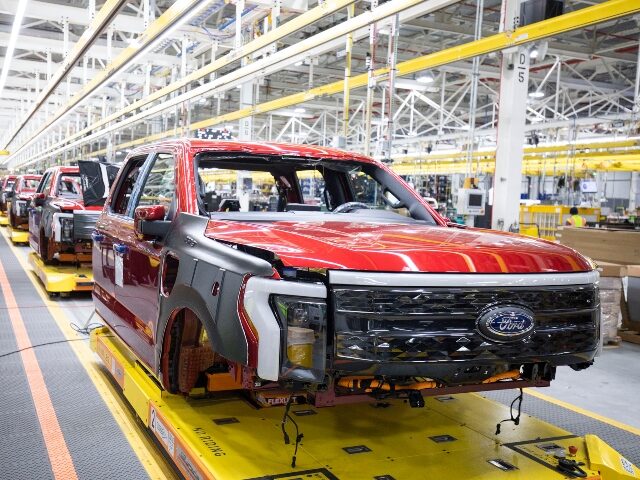The U.S. factory sector missed the memo that a recession is supposedly almost upon us due to the rapid rise in interest rates this year.
Orders at American factories for durable goods—those expected to last three years or longer—soared one percent in October, twice what economists had penciled in for the month and more than three times the downwardly revised 0.3 percent growth in the prior month.
Shipments of durable goods, which feed into the quarterly and annual economic growth figures, rose 0.4 percent, up from 0.3 percent a month earlier.
Orders for non-defense capital goods excluding aircraft, considered a proxy for business investment, rose 0.7 percent, stronger than the 0.2 percent growth expected. Last month, orders for these core capital goods fell by 0.8 percent. Economists had seen this as being flat with last month.
Shipments for core capital goods jumped 1.3 percent after falling 0.1 percent in September. The forecast was for a much smaller increase of 0.2 percent.
Orders for durable goods are considered an economic bellwether, rising as the economy expands and falling when it contracts. Many economists expected meager growth or even a contraction at the end of 2022 but most indications show the economy outperforming the forecasts. The Atlanta Fed’s GDPNOW measure shows economic data received so far indicating a 4.2 percent rate of growth in the fourth quarter, far above the consensus forecast for less than one percent. Bank of America’s GDP tracker has the economy growing at a 1.3 percent rate compared with the prior
The figures are nominal, meaning they do not take into account inflation, although mixed data on prices for October makes it unclear which way this cuts the data. The producer price index, a key measure of inflation from the perspective of U.S. producers, rose 0.7 percent in October. The producer price index for goods less food and energy was up 0.7 percent. The index for durable consumer goods, on the other hand, fell 0.1 percent. The price index for private capital equipment rose 0.3 percent.
Stock futures turned negative after the data was released, likely because investors are pricing in expectations for a higher “terminal rate”—the highest expected Fed Funds rate—next year. Stronger growth would give the Fed more room to raise rates next year as if fights inflation. On the other hand, persistently high demand for goods could complicate the Fed’s efforts by keeping inflation higher than expected.
Orders for new cars and trucks were up 0.6 percent. Shipments, however, were up just 0.2 percent, suggesting ongoing supply chain troubles.

COMMENTS
Please let us know if you're having issues with commenting.